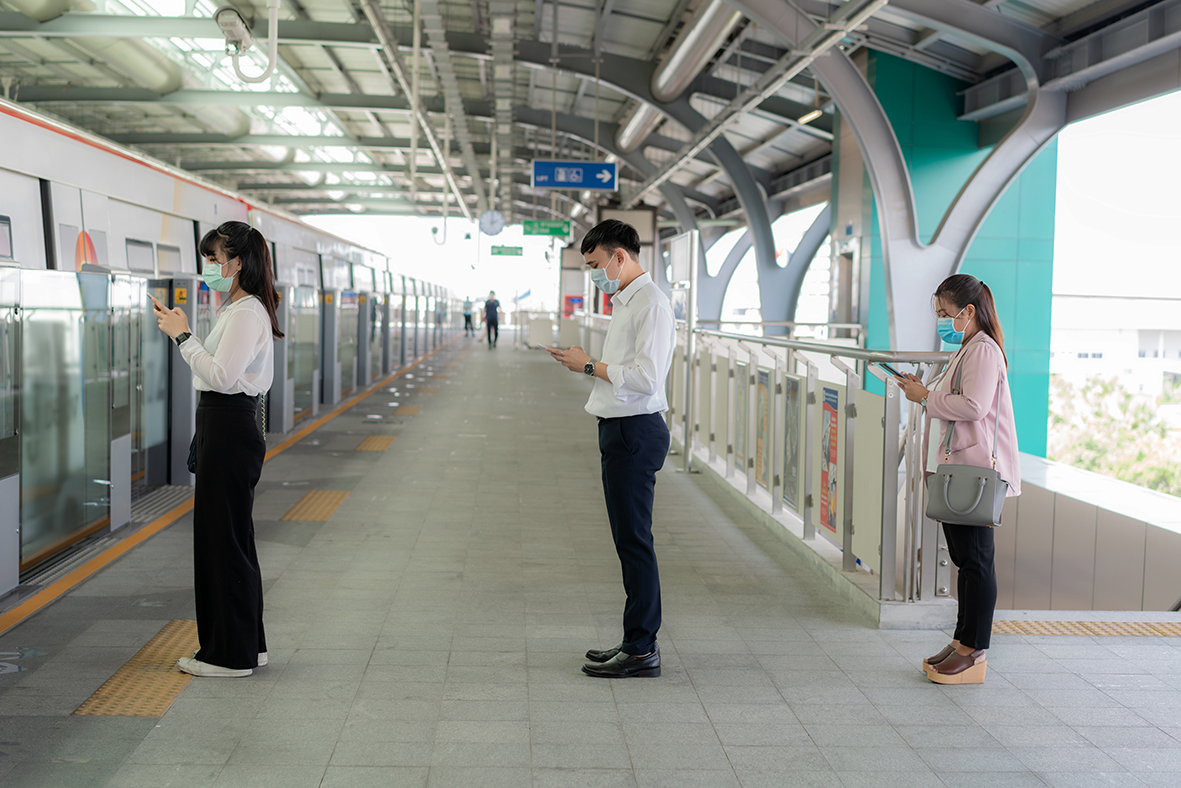How dangerous is religious singing?
How dangerous is religious singing?
(Religious)singing has been blacklisted as one of the COVID-19 pandemic’s most dangerous activities. But is the scientific evidence for this belief conclusive? And how high is the toll on singers who are reporting feeling more lonely, isolated, and in some cases, out of pocket?
High risk
From the beginning of the spread of Covid-19 across Europe, singing has been regarded as an activity particularly likely to spread the virus. Already in early March, over three-quarters of a choir fell ill in the Netherlands after a single performance. One member died, as well as three partners of members.[1] Meanwhile in Berlin, over a third of a choir of 80 tested positive, with another third reporting symptoms but not being tested.[2] Similar scenarios have been reported elsewhere in Europe and around the world.[3]
While religious services have resumed in most European countries, many have banned congregational singing.[4] Others, including Germany’s Federal Government, have advised against singing. Several states within Germany have taken the step of banning singing altogether.[5] In the Netherlands, the authorities have left it up to religious leaders themselves to decide whether or not to sing.[6]
These fears around singing are not surprising. The theory is that when you sing, fine droplets of saliva are sprayed from your mouth, reaching a distance far greater than ordinary talking. A scientist from Germany’s famous Robert Koch Institute, which specialises in disease control, has claimed that “droplets fly particularly far when singing.”[7] Several studies from the past have been used to back up this claim.[8]
Is singing as dangerous as we thought?
The evidence behind this claim is now being challenged. Not content with previous general studies, several new scientific projects are trying to establish exactly how risky singing is for transmitting viruses like Covid-19.[9]
One doctor in the UK, Declan Costello, is having people sing into a plastic funnel, in order to measure the number and size of droplets produced by singing. He believes many of the fears and government bans on singing are based on anecdotal evidence, and hearsay. While governments were simply doing their ‘duty’ to prohibit singing, he hopes that his study will provide a scientific answer as to how fast singing can be reintroduced.[10]
‘Devastating sense of limbo’
For many religions, especially Christianity, singing is an integral part of worship. What’s more, choirs provide many people with a community and sense of identity. In the UK alone, there are an estimated 40,000 choirs, none of whom are able to gather together as usual. Choristers in Wales, a country with a famous love of singing, are reporting a loss of community spirit and togetherness.[11]
For others, singing is their livelihood. Many churches pay professional singers to perform music for their worship, and these musicians are losing money as well as feeling a ‘sense of limbo’ that is ‘devastating’.[12]
Zoom has proved a way that church choirs can continue to sing together, and some choirs are finding this a very positive experience.[13] Others, however, find singing online frustrating and tiring due to the undeniable ‘physical absence’.[14]
At the end of the day, all choirs look forward to the day that they will be able to sing again in person, and relive the ‘buzz’ that comes from making music in a shared space.[15]
Frazer MacDiarmid
Want to know more about similar topics? Go to the EARS Dashboard and receive free weekly updates.
To all news items ->
[1] Did singing together spread coronavirus to four choirs?
[2] German choirs silenced as singing branded virus risk
[3] The strange case of the choir that coughed in January
[4] Coronavirus in Scotland: Limit of 50 worshippers at religious services
[5] German choirs silenced as singing branded virus risk
[6] Grapperhaus: Niet gehandhaafd in kerken – Kerk & religie
[7] German choirs silenced as singing branded virus risk
[8] German choirs silenced as singing branded virus risk
[9] Singing in times of COVID-19: more space to the front than to the side
[10] Sing into the funnel please: inside the Covid-19 lab hoping to declare singing safe
[11] Coronavirus: Singing church members ‘miss companionship’
[12] Sing into the funnel please: inside the Covid-19 lab hoping to declare singing safe
[13] How a church sings when the choir can’t meet
[14] Sing into the funnel please: inside the Covid-19 lab hoping to declare singing safe
[15] Sing into the funnel please: inside the Covid-19 lab hoping to declare singing safe






